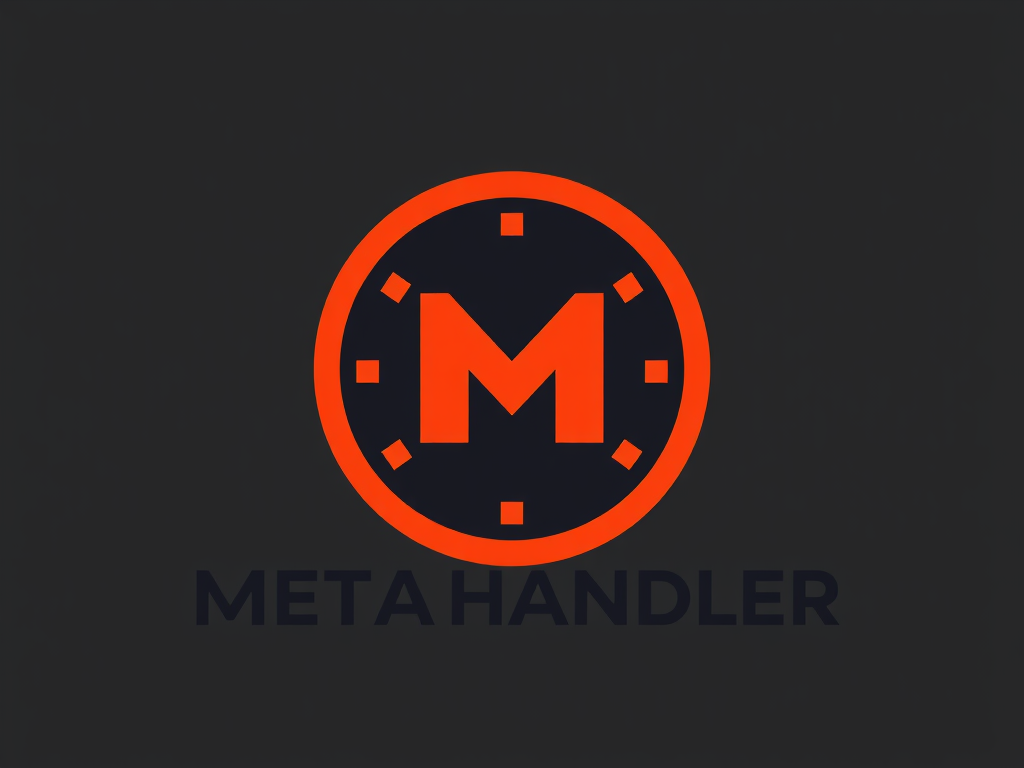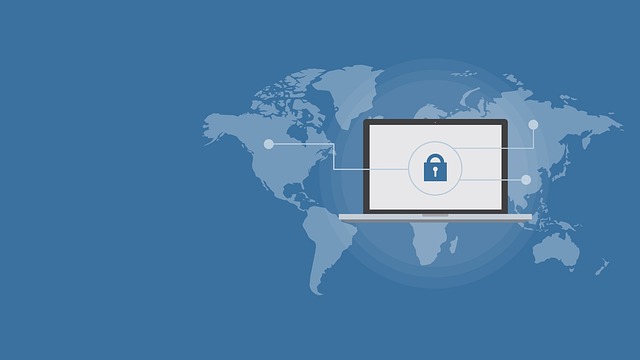Effective product lifecycle management (PLM) revolutionizes cybersecurity by integrating development, manufacturing, and distribution processes into one cohesive strategy. Centralizing data and collaboration reduces vulnerabilities and accelerates response to emerging threats. Implementing PLM systems ensures continuous improvement and resilience, enabling businesses to protect products from design to end-of-life while enhancing overall security and operational efficiency.
Understanding Product Lifecycle Management and Its Crucial Role in Cybersecurity
Product Lifecycle Management (PLM) is the process of integrating people, data, procedures, and business systems to manage a product from its first idea until its retirement. PLM originated in the 1930s and was systematized in the 1950s, rapidly evolving to unify engineering, manufacturing, and service data, setting the foundation for robust cross-functional collaboration. Access the full content for more information.
Topic to read : What role does blockchain play in UK tech advancements?
Four main stages define the product lifecycle: development, growth, maturity, and decline. During the development phase, concepts are shaped, requirements defined, and prototypes tested. The growth stage sees product acceptance, increased sales, and the ramping up of production. Maturity is marked by peak demand and strong competition, requiring precise quality management and process optimization. In the decline phase, lessons are gathered, and strategies are reconsidered for evolving markets. Integrating product data management and dedicated software at each stage is now the norm, allowing stakeholders to share, audit, and adapt product information in real time.
Cybersecurity is essential throughout every lifecycle stage. Embedding security controls in the design and development phase limits vulnerabilities, while continuous monitoring and certification renewal in maturity and decline phases help mitigate emerging threats. Utilizing PLM systems ensures compliance, traceability, and automated enforcement of security standards, weaving cyber resilience into the heart of the product journey.
Additional reading : Harnessing plm software to drive sustainable product innovation
How PLM Software Drives Effective and Secure Product Development
Essential functions and benefits of PLM software in digitizing and standardizing workflows
PLM software acts as the central nervous system for managing the entire product lifecycle, ensuring efficient data handling, transparency, and collaboration. Through leading lifecycle software tools and robust product version control systems, organizations can coordinate cross-functional product teams and standardize workflows, which significantly minimizes manual errors. This digitized integration provides real-time insight into change management processes and supports the seamless evolution of products from conception to end-of-life. The benefits of cloud PLM, in particular, include secure, scalable access for geographically dispersed teams, allowing for lifecycle process optimization and easier adaptation to shifting market conditions.
Enhancing cyber resilience: integrating cybersecurity into each phase of the product lifecycle
Lifecycle security considerations are fully integrated using advanced PLM system implementation steps. At each development phase, from design to distribution, security protocols are embedded by default. Product version control systems are leveraged not simply for configuration management but for tracking vulnerabilities and compliance with industry regulations. Lifecycle data analytics provide predictive insights, supporting agile responses to emerging threats.
PLM-enabled supply chain management, traceability, and regulatory compliance for robust security
Effective supply chain lifecycle coordination rests on the role of software in lifecycle management. PLM platforms deliver granular traceability, empowering lifecycle risk management across multi-tier supplier networks. Real-time lifecycle monitoring tools alert stakeholders to anomalies or lapses in regulatory standards, ensuring ongoing product lifecycle documentation techniques support audit trails and compliant operations.
Industry Use Cases and Emerging Trends in Secure Lifecycle Management
Industry-specific lifecycle solutions are reshaping product development across diverse sectors. In manufacturing, lifecycle management integrates design, production, and supply chain operations for tighter change management and traceability—key to safeguarding sensitive intellectual property and quality standards. Automotive and medical device firms rely on manufacturing lifecycle management to coordinate teams and monitor compliance throughout regulated environments, while lifecycle management in retail streamlines inventory tracking, product recalls, and real-time supplier coordination for enhanced consumer trust.
Agile product lifecycle approaches foster adaptability. These methods combine rapid iteration with continuous feedback, allowing organizations to anticipate emerging threats and embrace lifecycle innovation management. The incorporation of product lifecycle analytics tools in supply chain and production dramatically boosts visibility and response speed, providing real-time risk and quality data.
The digital lifecycle transformation is further accelerated by the impact of IoT on lifecycle management and the deployment of lifecycle in digital twin technology. Digital twins enable real-time monitoring of assets, while the lifecycle role of AI drives predictive analytics and automated security checks. As cloud-based PLM grows, challenges remain around continuous monitoring and ensuring scalable, secure collaboration, but the overall opportunity lies in building cyber resilience and supporting continuous innovation.





